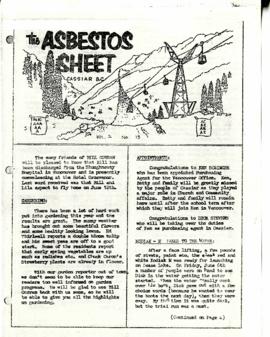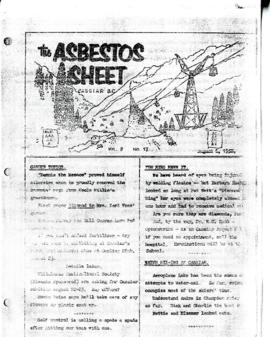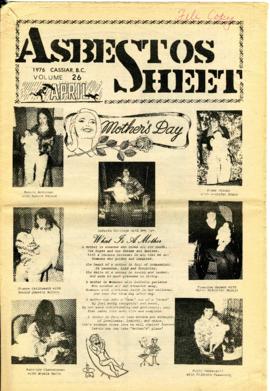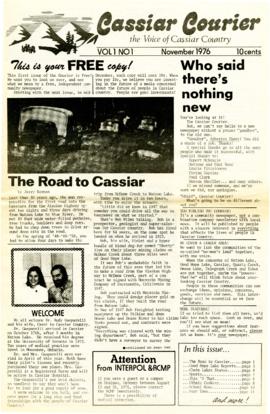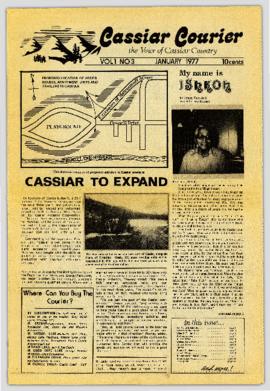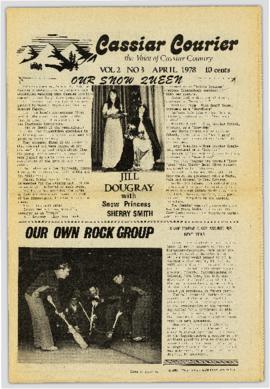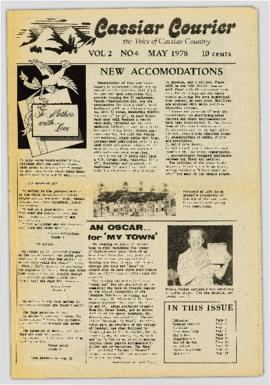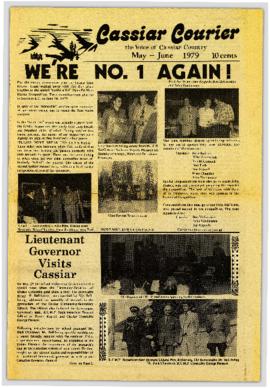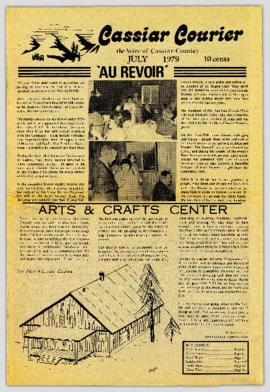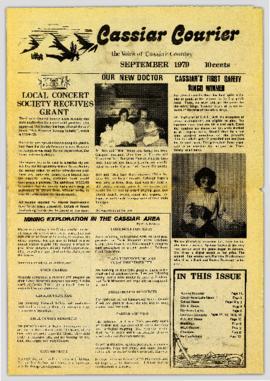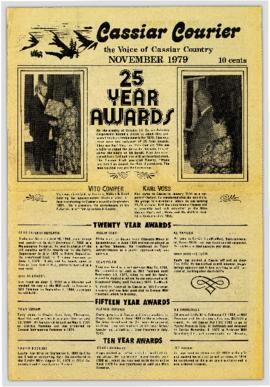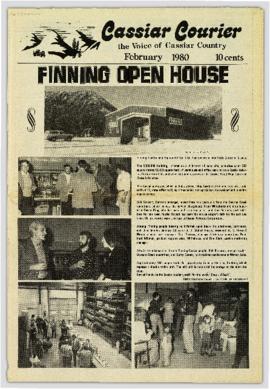File consists of a speech given by Gary Runka entitled "Land Resource Issues in BC and the Tough Choices Ahead" for the Surrey Rotary.
Commentary on this speech by Barry Smith of the Ministry of Agriculture and Lands:
"This speech, with the exception of the beginning and the ending is largely the cobbling together of two previous speeches. The new introduction draws upon several headlines from contemporary newspaper articles as examples involving land and water use decision-making. The next several pages largely repeat portions of [2020.4.2.1.42] "The Rural - Urban Continuum: Tough Land Use Choices Ahead". The latter half of the speech draws from [2020.4.2.1.44] "Land Resource Issues in B.C. - UBC Seminar".
The speech ends with a suggestion that there is a faint light at the end of the tunnel offered by the proposed "Planning Act". The speech closes with 3 broad concepts for consideration:
- Land and water use planning is fundamental in determining the economic opportunity and environmental quality of the future;
- Good rural planning demands good urban planning and the race for space will accelerate; and
- There is a need to reflect on the interdependence of man within natural systems in our planning for rural and urban land and water.
While farmland preservation isn't central to this speech the rural resource and planning theme is relevant."
